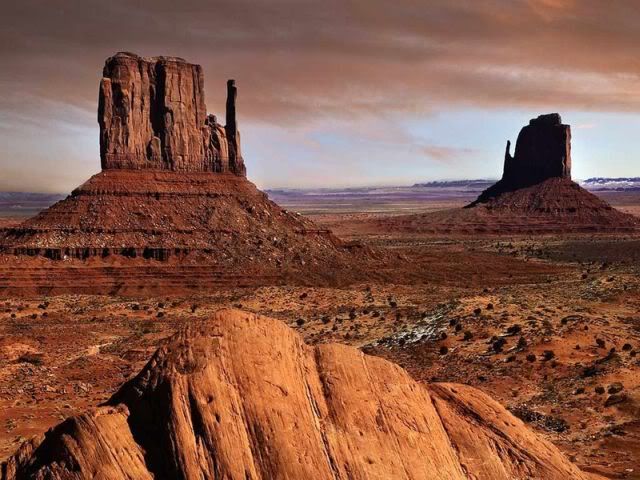THE DESERT
The desert to me (even thought I've been there) is a vast landscape where not a lot really happens, this blog will explore how wrong I am.

This is the image which immediately comes to mind when I think desert, high sand dunes, little water and camels.
Deserts cover more than a fifth of the worlds total land surface and can be found on every continent.
Are all deserts hot?
This is a popular misconception that many people have, the largest hot desert in the world is the African Sahara which can reach temperature up to 50C. There are cold deserts, the Gobi desert in Asia and also Antarctica.
Physical Features
Water Shortage: Water shortage in the desert is not limited to low rainfall. Humidity and consequently cloud cover are also in short supply. This in turn means that the surface, and any living things on it, are continually exposed to direct sunlight, causing intense evaporation of any water faster than the rain can replenish it.
Soil: Typically the soil the desert is course, light coloured with a high mineral content. Most desert sand is made of tiny particles of the mineral quartz. Placed under pressure for long periods, grains of sand may stick together, forming a type of rock called sandstone.
Groundwater: As the desert only receives a very small amount of annual rainfall there is often a small supply of groundwater. This groundwater is often held in layers of porous rocks which are known as aquifers. Groundwater which is held close to the surface may create an oasis, an area of fertile land where grass, trees and plants thrive.
Minerals: The desert is a valuable resource in the hunt for oil and gold. In Australia's Great Sandy Desert miners look for black gold (oil). Countries such as Saudi Arabia have used the deserts store of oil to generate wealth for their countries.
Animal Adaptations
Desert animals are specially adapted to their environments, the obvious animal being the camel which can go for days with no food or water. Animals are also more likely to be nocturnal as the cooler temperatures of the night are more favourable than the scorching daytime desert heat, with many choosing to live underground such as the desert tortoise in the desert of south western USA.Which is a desert?
As a small starter activity in to the subject for younger years the pictures below could be used to see what the students understand to be a desert and will identify the popular misconceptions. All of the landscapes below are classified as deserts but asking the students to identify features and characteristics could help identify areas which may need to be addressed.






No comments:
Post a Comment